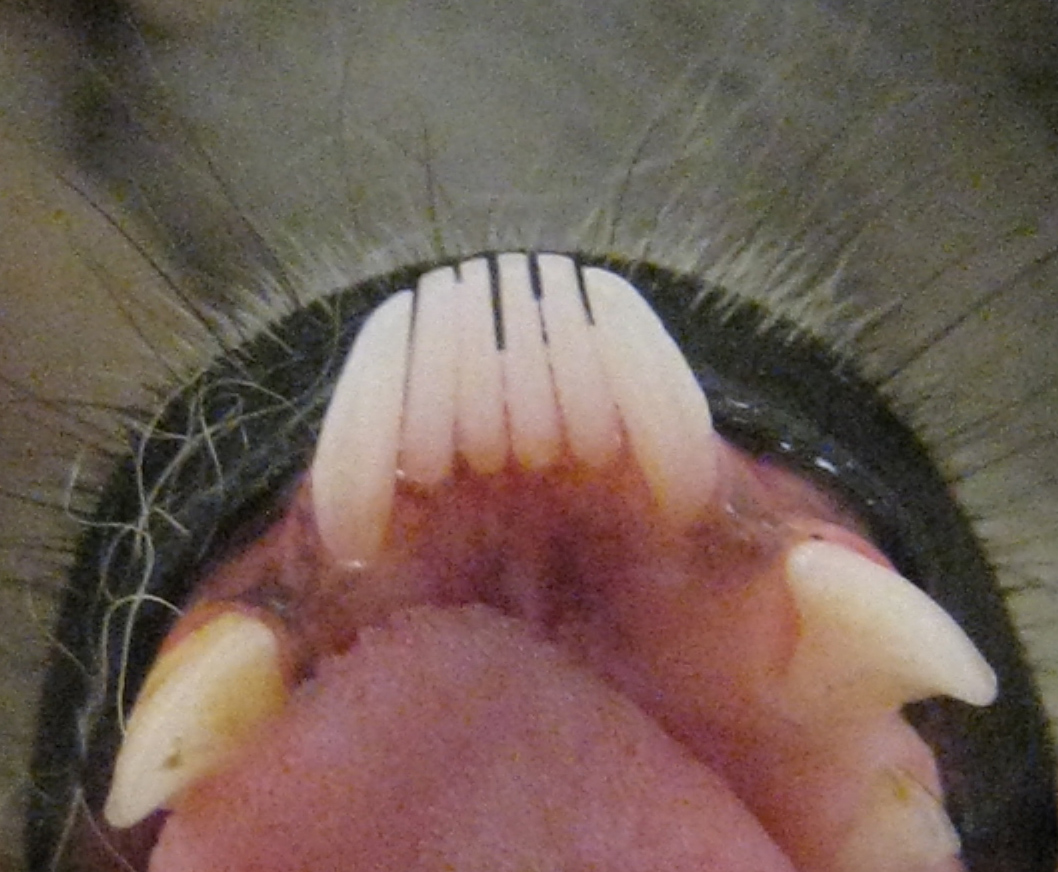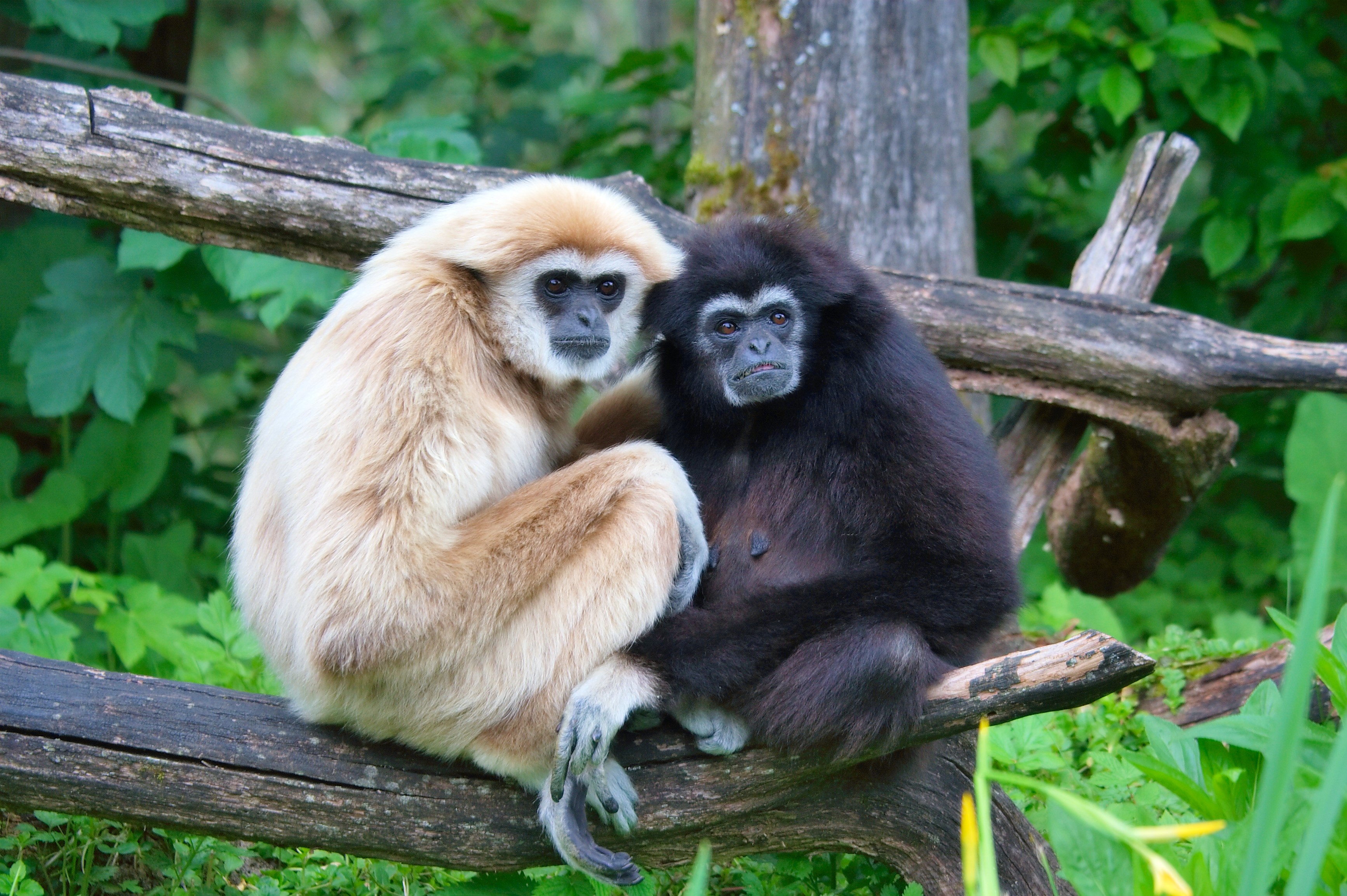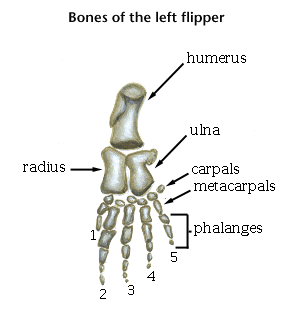Humans maintain an average body temperature of around 98.6 degrees fahrenheit, but individual differences can cause our body temperature to be one degree higher or lower than the average. The human body has a temperature regulating system which allows us to adapt to climate changes and maintain a normal body temperature. However, in extremely cold climates, humans are susceptible to developing hypothermia. The human body begins the hypothermia process when our internal temperature drops to around 94 degrees fahrenheit. From this point, our body temperature will continue to drop substantially unless we receive the help we need to warm our bodies back to normal temperature. The longer our bodies are exposed to this harsh cold, and the longer we wait (or are forced to wait) to warm our bodies, the higher the likelihood of the situation to end in death. This environmental stress effects human survival negatively because our bodies are not equipped for extremely cold conditions.
Adaptations:
 Short Term- An example of a short term adaptation that humans resort too as an effort to quickly warm our bodies in cold climates is shivering and shaking. Shivering and shaking cause muscle movement, which causes heat flow in the body. Shivering also causes muscles to spasm which results in more heat for our vital organs. Although shivering and shaking may work to keep our bodies warm for a short period of time in relatively cold conditions, it will not provide enough internal heat to prevent our bodies from developing hypothermia in extreme cold conditions.
Short Term- An example of a short term adaptation that humans resort too as an effort to quickly warm our bodies in cold climates is shivering and shaking. Shivering and shaking cause muscle movement, which causes heat flow in the body. Shivering also causes muscles to spasm which results in more heat for our vital organs. Although shivering and shaking may work to keep our bodies warm for a short period of time in relatively cold conditions, it will not provide enough internal heat to prevent our bodies from developing hypothermia in extreme cold conditions. Faculative- Our bodies often take a physiological approach to keep heat from escaping in cold weather conditions. This process is referred to as vasoconstriction, in which our blood vessels close to the skin's surface narrow thus decreasing peripheral blood flow. Vasoconstriction can be dangerous if the temperature is below freezing, as it can result in frost bite. As an act to prevent frost bite, our bodies respond through vasodilation which increases blood flow to our skin. In the extreme cold climate, our bodies usually alternate between vasoconstriction and vasodilation as an effort to preserve itself and maintain internal warmth.
Faculative- Our bodies often take a physiological approach to keep heat from escaping in cold weather conditions. This process is referred to as vasoconstriction, in which our blood vessels close to the skin's surface narrow thus decreasing peripheral blood flow. Vasoconstriction can be dangerous if the temperature is below freezing, as it can result in frost bite. As an act to prevent frost bite, our bodies respond through vasodilation which increases blood flow to our skin. In the extreme cold climate, our bodies usually alternate between vasoconstriction and vasodilation as an effort to preserve itself and maintain internal warmth. Developmental- Those who live in cold climates tend to have more body mass, particularly around their core. By maintaining more body fat and thus a higher weight, people living in arctic climates are able to maintain a healthy body temperature. As long as the vital organs are covered and protected by layers of excess fat, people are able to withstand living in these harsh conditions.
Developmental- Those who live in cold climates tend to have more body mass, particularly around their core. By maintaining more body fat and thus a higher weight, people living in arctic climates are able to maintain a healthy body temperature. As long as the vital organs are covered and protected by layers of excess fat, people are able to withstand living in these harsh conditions.
Benefits:
Studying human variation from this perspective is beneficial for us. We can benefit by learning how people who live in extreme climates are able to adapt and remain healthy. This is also beneficial because it helps us to understand the struggles of those living in these environments and how to help them. Every person will adapt differently to each type of climate, and some will take longer than others to be comfortable living through these challenges, but in the end, everyone of us are able to adapt to these extremes.
Information from these explorations can be very useful to us. These explorations help to educate us on the dangers associated with extreme climates. They show us the clothing we would need to protect our bodies from harm, and inform us of a change in diet that could save our lives. An example of how this information can be used in a productive way is by showing us which foods and clothes can help to provide the necessities maintain a healthy body temperature, which allows us to have the knowledge regarding which animals to raise or which foods and materials to purchase.
Race:
 Race is not an effective way to understand the variation of the adaptions from question two. It is not possible to determine how one would adapt to environmental challenges based upon race, just as one cannot say that a dog is vicious just because of its breed. The study of environmental influences on adaptation is a better way to understand human variation because this method of study includes bodily reactions, and cultural reactions to the climate. If adaptation were based on race, no one would ever adapt to harsh conditions, as all human skin is equally thick. The only true way of studying human variation is through bodily reaction, genes, and culture.
Race is not an effective way to understand the variation of the adaptions from question two. It is not possible to determine how one would adapt to environmental challenges based upon race, just as one cannot say that a dog is vicious just because of its breed. The study of environmental influences on adaptation is a better way to understand human variation because this method of study includes bodily reactions, and cultural reactions to the climate. If adaptation were based on race, no one would ever adapt to harsh conditions, as all human skin is equally thick. The only true way of studying human variation is through bodily reaction, genes, and culture.




















